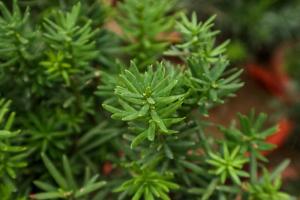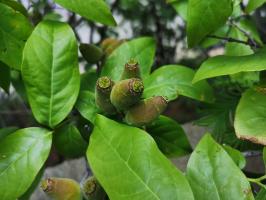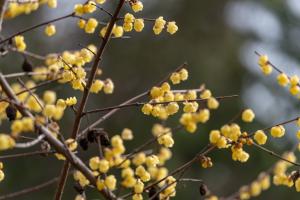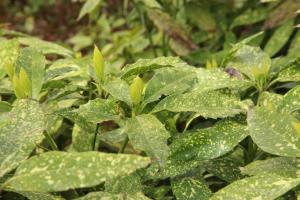1、 Breeding environment
1. Soil: cultivating Chimonanthus should choose sandy soil rich in humus and relatively soft
2. Watering: Chimonanthus chinensis is very afraid of waterlogging. If there is too much water, it will grow poorly and affect the differentiation of flower buds. It is best to keep the soil of Chimonanthus chinensis dry. Generally, if it is not dry or watered, it will be watered thoroughly. However, it is necessary to water more in summer. As long as there is enough water, it can grow normally
3. Temperature: Chimonanthus chinensis is relatively cold resistant. As long as the temperature is not lower than 15 ℃, it can survive the winter normally. It is best to control the temperature at 16-23 ℃
4. Pruning: properly cut off diseased branches, dead branches and too dense branches. Timely pruning can help them grow better
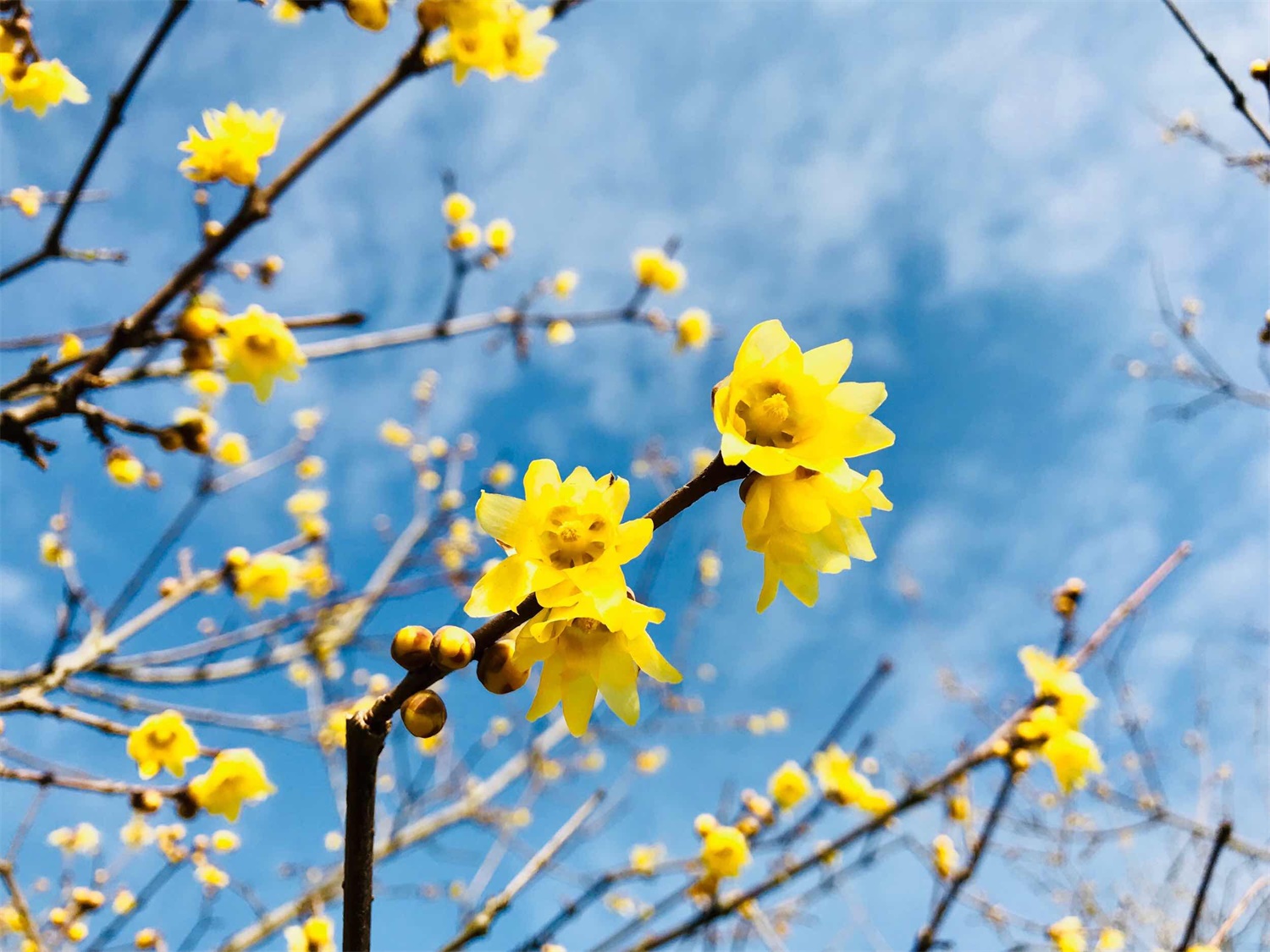
2、 Breeding method
1. Sowing method: the shell of Chimonanthus praecox turns yellow and the seeds turn black brown. Take out the seeds and store them. Sow them in March of the next year. Soak the seeds in water for about 24 hours before sowing. New seeds emerge quickly, so antifreeze measures should be taken in winter
2. Plant splitting method: divide it into several small plants with a knife. Each small plant should have 1-2 main branches, and leave a short cut of 10cm for planting
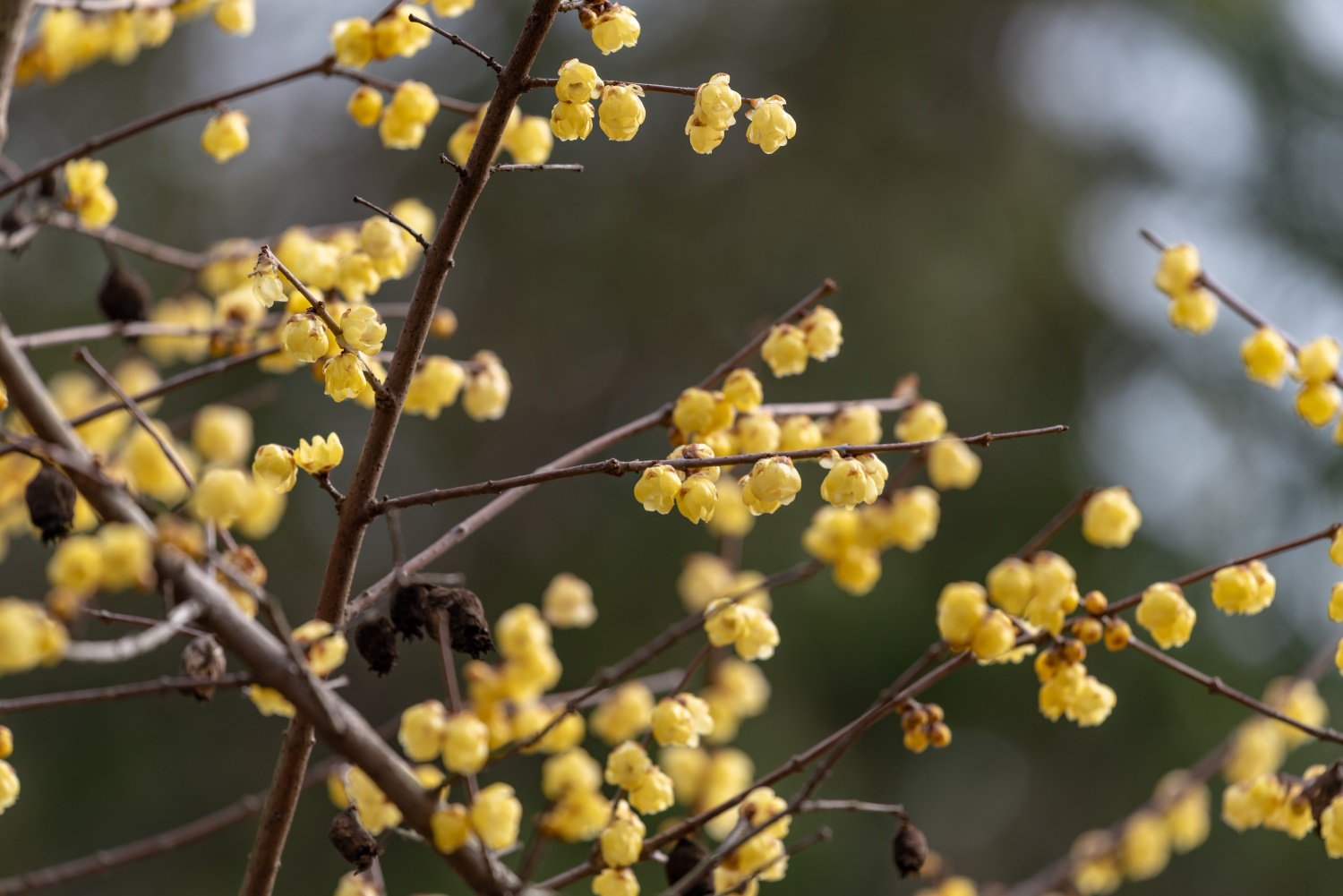
3、 Common diseases and insect pests
Chimonanthus praecox diseases are generally less common, such as aphids, scale insects and thorn moths. After pests appear, they can be sprayed with chemicals. If there are few pests, they can be caught manually, and then the diseased leaves can be removed


 how many times do yo...
how many times do yo... how many planted tre...
how many planted tre... how many pine trees ...
how many pine trees ... how many pecan trees...
how many pecan trees... how many plants comp...
how many plants comp... how many plants can ...
how many plants can ... how many plants and ...
how many plants and ... how many pepper plan...
how many pepper plan...